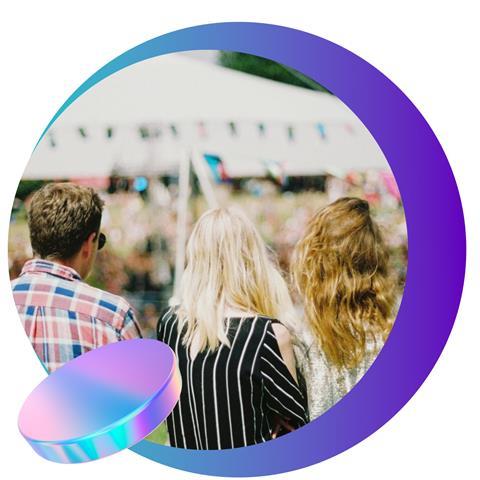- Home
- About
- Topics
- Parenting
- Stories
- Growing faith
 Christian devotions at home for children with additional needs are hard but worth working at
Christian devotions at home for children with additional needs are hard but worth working at Parents are the key to bridging the gap between church and school
Parents are the key to bridging the gap between church and school A tool to help your child ‘take captive every thought’ and walk in freedom with Christ
A tool to help your child ‘take captive every thought’ and walk in freedom with Christ ‘What do you do?’ A Christian mum finds the question triggered more than she expected
‘What do you do?’ A Christian mum finds the question triggered more than she expected
- NexGenPro
- Donate
Want to read more? Register FREE or SIGN IN now!

To read this article, and 1000s more reviews, advice, ideas and support for parenting in faith, REGISTER FREE now
PLUS we’ll send a weekly email newsletter so you don’t miss anything.
If you are already registered, a NexGen subscriber, or registered with another Premier brand, simply SIGN IN with your existing login details.
Related articles
-
 Article
ArticleIt takes a village: Rediscovering biblical parenting through community
2025-04-14T08:25:00Z By Andrea Zanin
Think of how often the wider faith community shaped the lives of biblical characters. When Jesus was 12, his mum and dad found him in the temple, sitting among the teachers, listening and asking questions – absorbing the wisdom in the room. He gravitated towards those who could teach him and guide him. Moses was raised by his biological mother, Pharoah’s daughter and the Egyptian royal court. His mum saved him from certain death, but it took the care, protection and the influence of different people from diverse cultures to shape him into the leader he became. Timothy’s faith was nurtured by multiple generations of women before Paul stepped in as a spiritual mentor. And Samuel – his mum, Hannah, entrusted her son to the care of the temple community. Orphaned Esther was taken in by her cousin Mordecai, who raised her as his own daughter and played a crucial role in God’s plan to save the Jewish people from annihilation.
-
 Article
ArticleFinding peace after loss: Trusting God while supporting your child’s grief
2025-04-11T08:25:00Z By Sara Taylor
Grief is one of the most challenging experiences that we endure in life. Whether it arrives suddenly or evolves over time, nothing fully prepares you for the plethora of emotions that it brings. When my father passed away last year, the grief was overwhelming. Though I continue to hold on to my faith, there are days when the weight of his absence feels unbearable, and the notion of ‘healing’ seems distant.
-
 Article
ArticleA creative world with no imagination – A Minecraft Movie fails to craft a story
2025-04-09T09:23:00Z By Charles Merritt
Film: A Minecraft Movie
- Topics A-Z
- Writers A-Z
- © 2025 NexGen
Site powered by Webvision Cloud




























